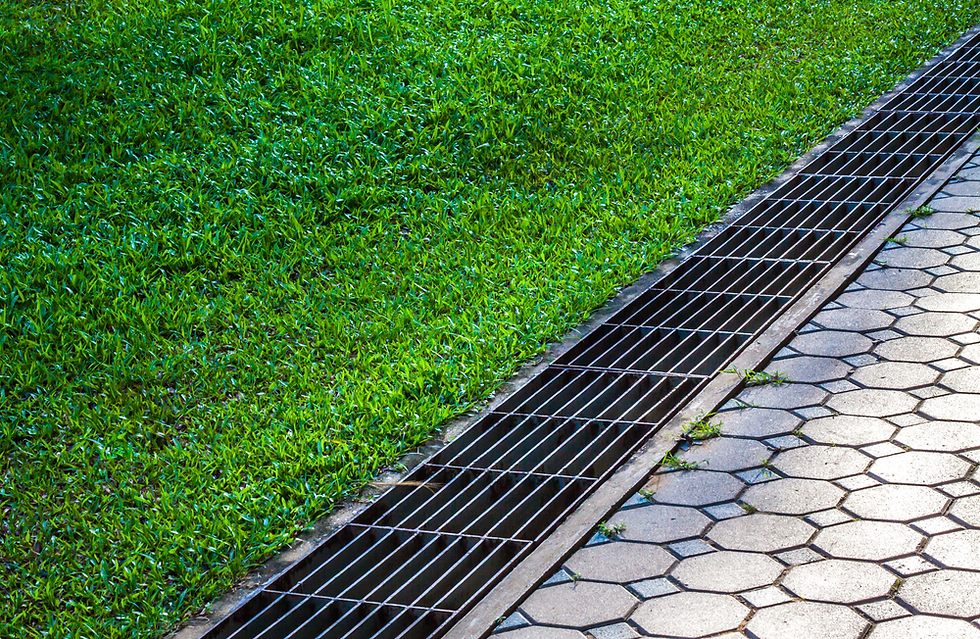Different Types Of Plastering Every Plasterer Should Know
- Mark Simon
- Feb 8, 2019
- 3 min read
Plastering is the part of the construction which is associated with making the coarse and rough surfaces smoother. No matter whether it is the walls, ceilings or floors, apart from making it smoother, it even enhances the looks of your house’s interior. Most of the people often think that plastering and concreting is a similar term. However, plastering and concreting are two different terms. Plastering is associated with improving the walls with some layers of the polish which is obviously done by a knowledgeable plasterer.
There are different kinds of plaster that provide a different wall finish. Now, it depends upon you which one to choose in order to provide the desired finish to the surface. The ultimate purpose should be to enhance the aesthetics of the surface or the wall on which plastering is done rather making it duller. The plasterer whom you are dealing with should provide you detailed instructions in this regard and even explain the merits and limitations of each type of plasters.
Types of plaster recommended by the Plasterer
It depends upon the nature of the finish due to which the type of plaster differs. Mentioned below are few of the plasters which are commonly used.
Cement plaster: In order to make cement plaster, the plasterer uses cement and sand in the ratio 1:3 in addition with water. In order to prevent the parasites and bugs from the walls, they generally use plasticizer with the mixture. Plasticizer even makes the plaster to spread over the surface of the wall quite easier.
Lime plaster: sand and lime are mixed in the ratio of 1:3 by volume. Lime plaster is basically used for undercoat or to provide the finished surface. One of the limiting factors of this kind is that it often shrinks after drying. In order to prevent it from cracking or shrinking, animal hair is used. These are basically used by the plasterer for restoring the ancient monuments.
Gypsum plaster: Gypsum plaster has widely used the material of plaster that is either mined or obtained naturally as a by-product. Gypsum undergoes small expansion which prevents the surface form shrinking or cracking. However, as per the quality finish, the type of gypsum plaster also differs.
Bonding plaster: Basically, bonding is the undercoat plaster which is applied first to the newly constructed wall. It is quite sticky and hence does not require any additional absorbents to stick to the walls. Hence, it acts as an adhesive.
Usual types of plaster finish as provided by the Plasterer
Plaster is not just used for making the surface hard and smooth, there are various finishes provided by the plasterer with the use of different materials.
Smooth finish: For the perfect smooth finish, the ratio of 1:3 of cement and sand respectively should be used. The mortar is then applied to the surface using wood float or skimming float which is an ideal tool for even spreading of the mortar.
Rough plaster finish: Roughcast or the spatter dash finish is one of the ways to change the interior looks. In order to get such finish, along with the sand and cement, coarse aggregate is used with the mortar.
Pebbledash finish: The plasterer firstly applies the mortar of around 12 mm thickness. Once the plaster is applied, different colored or colorless pebbles are inserted to the plaster coating.
Depeter finish: This is somewhat similar to the pebble dash finish. The only difference in this finish is that the pieces of flints or gravel are used instead of pebbles.
Though these were the different types of finishes, the main purpose of using plaster is to enhance the lifetime of the wall by protecting it from external environmental factors, make it durable and give a beautiful look to the wall. It is highly recommended that you should get the work done appropriately while hiring a suitable expert.




.png)





Comments